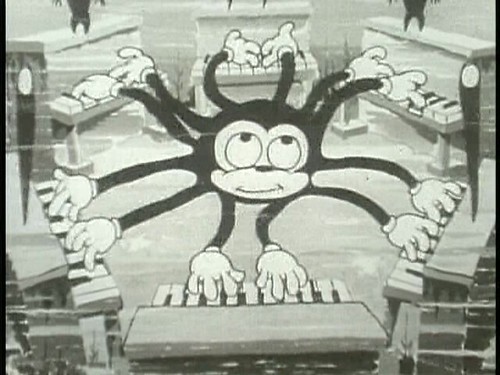
The advent of the digital age with all it’s bells and whistles has lowered the barrier to entry for creating and advertising products in terms of the overall cost and effort. There are always products competing with the market leader based on price rather than brand value and me too products vying for a fraction of the market share. I have listed down some concepts below which come to mind across all the books, experiences and advices gathered over the years to tie up and remind myself of the direction that I would like to take when creating another new and successful product.
The Purple Cow Philosophy

In a crowd of regular cows, the lone purple cow stands out. Seth Godin’s philosophy promotes getting the fundamentals of a good product right and out innovating the competition. Highly recommend that you read Godin’s book which tells us how to make your product different than the rest of them in the market. If you already have the core features which your competitors have, the answer is quite interesting.
- What features do you put in so customers sit up and take notice?
- Think, execute and grow like a category leader.
- What is the one thing that you can change in the current market leader to make the product remarkable?
- What are the gaps in the market?
- Can you find and server an unfulfilled niche?
- What are the top reasons to recommend a product in your current market? What are the top reasons not to?
- How can you make the packaging remarkable?
- How do you make buying, consuming or disposing the product easier?
- Address all customer complaints.
- How do you make your product controversial or outrageous?
- What does a cheapest, most expensive, fastest, slowest, newest version of your product look like?
Surrealism
This post war cultural movement by Breton, Dali, Ernst and Magritte was influenced by the Dada and Abstract art movements. Surrealism art features elements designed to evoke surprise. The idea advocated that ordinary and depictive expressions are vital and important but the sense of arrangement must be open to the full range of imagination. A lot of old cartoons and games used surrealism for that element of surprise and delight.


People are expecting a certain normal. Surrealism imagines and smashes the normal to smithereens which evokes a ‘what the heck did I just experience!!?’ from most people.
Gamification
Gamification is the application of game design elements and behavioral psychology to create an addictive product.

You can add tiny innovative features in each sprint / development cycle that are a bit quirky at first thought but give a wow experience in the long term. A good example might look like gamifying the user experience of a food delivery app. After the user successfully places an order in the app, show a funny elephant or a fish driving the delivery scooter rather than a person. Can a fish drive a scooter? Or a fish walk and drive on land? That in itself delights the users. These are not functional features but a good way to reward the user for performing certain actions and designing a feedback loop for them to keep coming back for more, thereby driving up retention.
Human brains release a feel good neurotransmitter called Dopamine when we eat good food, exercise, have sex or listen to music. The mere anticipation of these activities causes a surge in dopamine which gives you the urge to do these activities. Feedback loops in game design have shown to release dopamine in a similar pattern, so the mere anticipation of experiencing the game releases dopamine wanting the player to play the game again. And again. And again.
The Gold Rush
When a product becomes successful, the market is invariably flooded with copycats who will try and jump on the hype and capture the market. They will offer a cheaper alternative with more bangs for the buck. This is the time that your brand value helps you not just sustain but thrive in the newly overcrowded market. As per statistics, over 70% of the market revenue goes to the market leader while the rest of the 30% gets divided between everyone else in the market. Cheaper knockoffs mean competition, but they also increase category awareness and keep the category leader in the mind space of potential target users without you spending a dime.
So go ahead. Make your product remarkable, and boggle the minds of your customers.
Leave a Reply